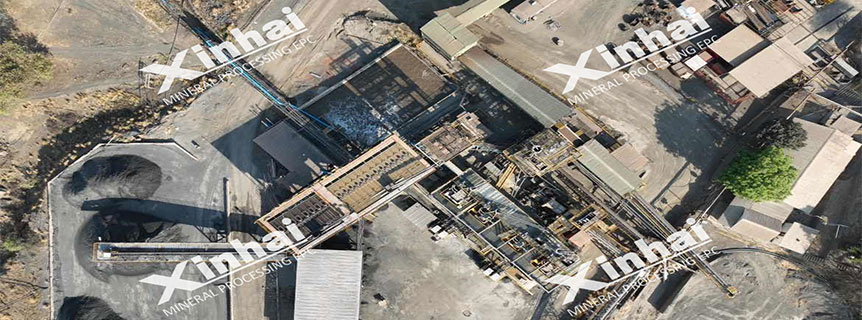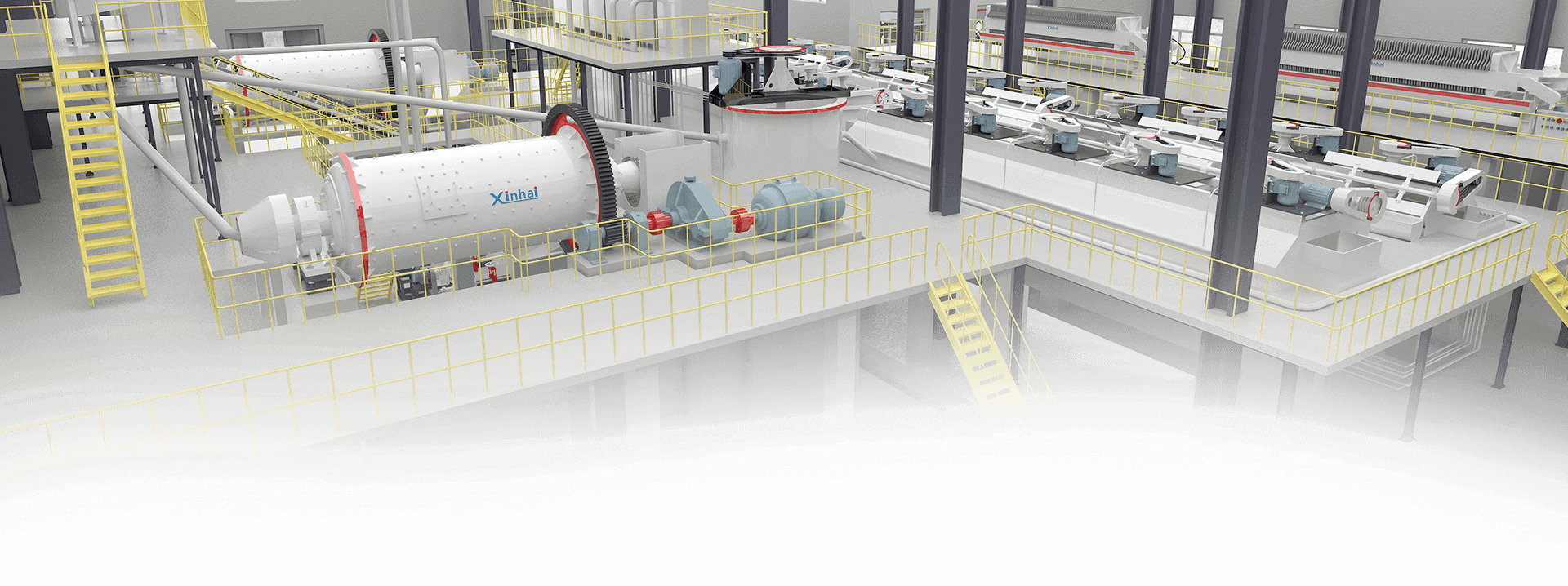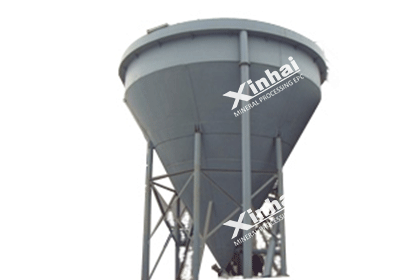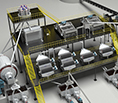Chrome Mining: Process, Equipment, and Investment Guide for 2025
 Sheena
Sheena
 Jul 17, 2025
Jul 17, 2025
 1350
1350
If you want to know more details about equipment, solutions, etc, please click the button below for free consultation, or leave your requirements!

Chrome-Mining-Plant-Panorama
In this article, we will break down the chrome mining process, the types of equipment used, current market conditions, and key investment factors you should consider before starting a chrome mining operation. Whether you're planning a new project or expanding an existing one, understanding the full picture is essential.
01 What is Chrome Ore and Why Is It Valuable?
BackChrome ore (chromite – FeCr₂O₄) is the main source of chromium. Its unique resistance to heat, corrosion, and wear makes it essential in the production of:
Stainless steel (accounts for ~85% of chrome usage)
Foundry sands
Refractory materials
Pigments and electroplating chemicals
The main producers of chrome ore include South Africa (by far the largest), Kazakhstan, India, Turkey, and Zimbabwe.
02 Chrome Mining Process Overview
BackThe chrome mining process typically includes the following steps:
a) Exploration and Ore Body Evaluation
Geological surveys and sampling to locate high-grade deposits
Drilling and core logging to assess ore grade and volume
b) Mining Methods
Chrome ore is typically extracted using:
Open-pit mining: Suitable for shallow and near-surface deposits
Underground mining: Applied when the ore lies deep below the surface
Choice of method depends on ore body depth, geology, and economics.
c) Ore Transportation
Excavated ore is transported from the mine site to processing facilities using trucks, conveyors, or rail systems.
03 Chrome Ore Processing and Beneficiation
BackRaw chromite ore is rarely suitable for direct use. It requires processing to upgrade its Cr₂O₃ content and remove gangue minerals.
Key Processing Steps:
Crushing and Screening
Reduces large rocks into smaller particles for processing
Gravity Separation
Spiral concentrators, shaking tables, and jigs are used to concentrate heavier chrome particles
Magnetic Separation
Removes iron-bearing minerals
Flotation (Optional)
Applied for fine particle separation or low-grade ores
Dewatering and Drying
Final product is dewatered and dried for transport or sale
04 Chrome Mining Equipment You’ll Need
BackChrome ore beneficiation relies heavily on gravity-based equipment. Commonly used machines include:
| Jaw Crusher | Primary ore crushing |
| Ball Mill or Rod Mill | Further size reduction |
| Spiral Concentrator | Chrome particle separation |
| Shaking Table | Fine-grain recovery |
| Slurry Pumps | Transporting pulp between stages |
| Magnetic Separator | Iron impurity removal |
| Dewatering Screen | Moisture reduction |
05 Chrome Mining Cost Analysis
BackThe cost of setting up and running a chrome mining operation varies depending on project scale, location, and ore characteristics. Here’s a general breakdown:
a) Capital Expenditure (CAPEX)
Small-scale plant (5,000–10,000 TPA): $3M–$10M
Mid-size plant (20,000–50,000 TPA): $10M–$50M
Large-scale operation (100,000+ TPA): $50M–$200M+
CAPEX includes exploration, mining equipment, beneficiation plant construction, utilities, and permitting.
b) Operational Costs (OPEX)
Labor
Electricity
Water supply and recycling
Consumables (grinding media, reagents)
Maintenance
Environmental and compliance costs
06 Chrome Ore Market Outlook for 2025 and Beyond
BackThe global chromium market is forecast to grow steadily due to:
Urbanization and infrastructure development
Stainless steel demand in China, India, and Southeast Asia
Tightening environmental regulations, increasing interest in efficient plants
Chrome ore prices are expected to remain stable, with occasional spikes due to logistics or geopolitical disruptions.
07 Common Questions About Chrome Mining
BackQ1: How long does it take to build a chrome beneficiation plant?
A: For a small-to-medium plant, 6–12 months from design to commissioning.
Q2: Can chrome ore be processed onsite at the mine?
A: Yes. Modular plants allow for near-mine beneficiation, reducing transport costs and improving efficiency.
Q3: Do you offer EPC (Engineering-Procurement-Construction) services?
A: Yes. We provide full turnkey solutions including design, supply, installation, and training.
08Conclusion: Start Your Chrome Mining Project
BackChrome mining offers significant profit potential, but success depends on careful planning, the right technology, and experienced partners. Whether you're developing a new mine or optimizing an existing operation, the right strategy can make all the difference.
 +86 183 3575 8886
+86 183 3575 8886 pinklaurabao@gmail.com
pinklaurabao@gmail.com




 Message
Message Chat Now
Chat Now

















